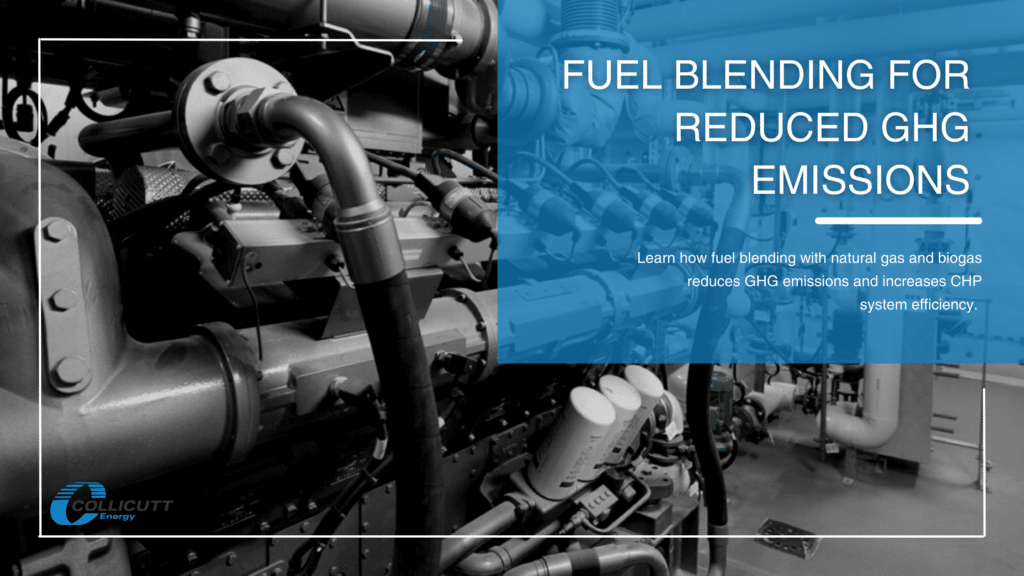How Fuel Blending Reduces GHG Emissions
Increasing Efficiency with Fuel Blending
In addition to emission reduction, fuel blending enhances the efficiency of CHP systems. Blending biogas with natural gas increases the energy content of the fuel, enabling more energy production per unit of fuel. This results in cost savings for organizations operating CHP systems, as they require less fuel to generate the same amount of energy.
Implementation Process:
To implement fuel blending in a CHP system, follow these key steps:
Step 1: Assess Biogas Availability
Identify biogas sources like landfills, wastewater treatment plants, or agricultural operations. Ensure the biogas meets quality requirements, free from contaminants that could damage CHP equipment.
Step 2: Install Necessary Equipment
Install a gas mixing unit and a gas meter to blend and measure the flow of biogas and natural gas. Additional controls and safety devices may be needed to ensure safe and efficient operation when using blended fuel.
Step 3: Collaborate with Experienced Professionals
Seek guidance from experienced professionals, like Collicutt Energy Services, who offer services such as feasibility assessment, equipment design and installation, and ongoing maintenance and support.
Conclusion
Fuel blending using natural gas and biogas is a valuable approach to reduce GHG emissions and enhance CHP system efficiency. By following the right process and collaborating with experts, such as Collicutt Energy Services, organizations can implement fuel blending with confidence, promoting environmental sustainability.
If you have a source of biogas and are interested in reducing your GHG emissions by using the biogas more effectively, give us a call at 888.682.6888
For more content on Fuel Blending, check out this article.
Check out our LinkedIn page for posts on fuel blending and more.

